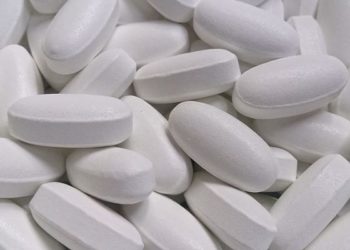Machine renal perfusion reduces delayed graft function after transplantation
1. In this randomized controlled trial, machine perfusion of the kidney reduced delayed graft function compared to therapeutic hypothermia.
2. There were no significant differences in one-year graft survival frequency between groups.
Evidence Rating Level: 1 (Excellent)
Study Rundown: Therapeutic hypothermia and machine organ perfusion reduce the risk of delayed graft function in kidney transplant recipients. However, machine perfusion is complex and involves high costs for transplant centers. There is a paucity of evidence comparing transplant outcomes between organ preservation methods. This randomized controlled trial evaluated whether donor hypothermia (34˚C to 35˚C) is noninferior to machine perfusion and whether combination therapy is superior to individual therapy to reduce the risk of delayed graft function in transplant recipients. Graft survival one year after transplantation was also evaluated. The study was prematurely terminated due to the futility of showing the superiority of combination therapy compared to individual therapies. For delayed graft function, hypothermia alone was inferior to machine perfusion, while combination therapy was not superior to machine perfusion. There were no significant differences in kidney graft survival at one year. As a limitation, the study was not blinded and there were changes in patient randomization and an early study termination due to futility.
Click to read the study in NEJM
Relevant Reading: Therapeutic Hypothermia in Deceased Organ Donors and Kidney-Graft Function
In-Depth [randomized controlled trial]: In this randomized controlled clinical trial, therapeutic hypothermia, machine perfusion, and combined therapy were compared in terms of delayed graft function and graft survival for kidney transplantations. The target temperature for mild hypothermia was 34˚C to 35˚C. A total of 1,349 kidneys were obtained from 725 donors. Eligible brain-dead donors who were at least 18 years old with research authorization were randomized in a 1:1:1 ratio to hypothermia alone (n=359), machine perfusion alone (n=511), or a combination of both methods (n=479). The trial was terminated early for futility in showing the superiority of combination therapy over machine perfusion alone. For the primary outcome, delayed graft function occurred in 30%, 19%, and 22% of the hypothermia alone, machine-perfusion alone, and combination therapy groups, respectively. The model-adjusted odds ratio was 2.21 (95% Confidence Interval [CI], 1.57 to 3.1) for hypothermia alone compared to machine perfusion alone and 1.93 (95% CI, 1.39 to 2.69) for hypothermia compared to combination therapy. There were no significant differences between machine perfusion alone and combination therapy for delayed graft function. For the secondary outcome, there were no significant differences in one-year kidney graft survival between the three groups. This study shows that machine perfusion of kidneys from brain-dead donors was superior to hypothermia treatment alone in delayed graft function. Combination therapy did not improve outcomes over machine perfusion alone.
Image: PD
©2023 2 Minute Medicine, Inc. All rights reserved. No works may be reproduced without expressed written consent from 2 Minute Medicine, Inc. Inquire about licensing here. No article should be construed as medical advice and is not intended as such by the authors or by 2 Minute Medicine, Inc.







